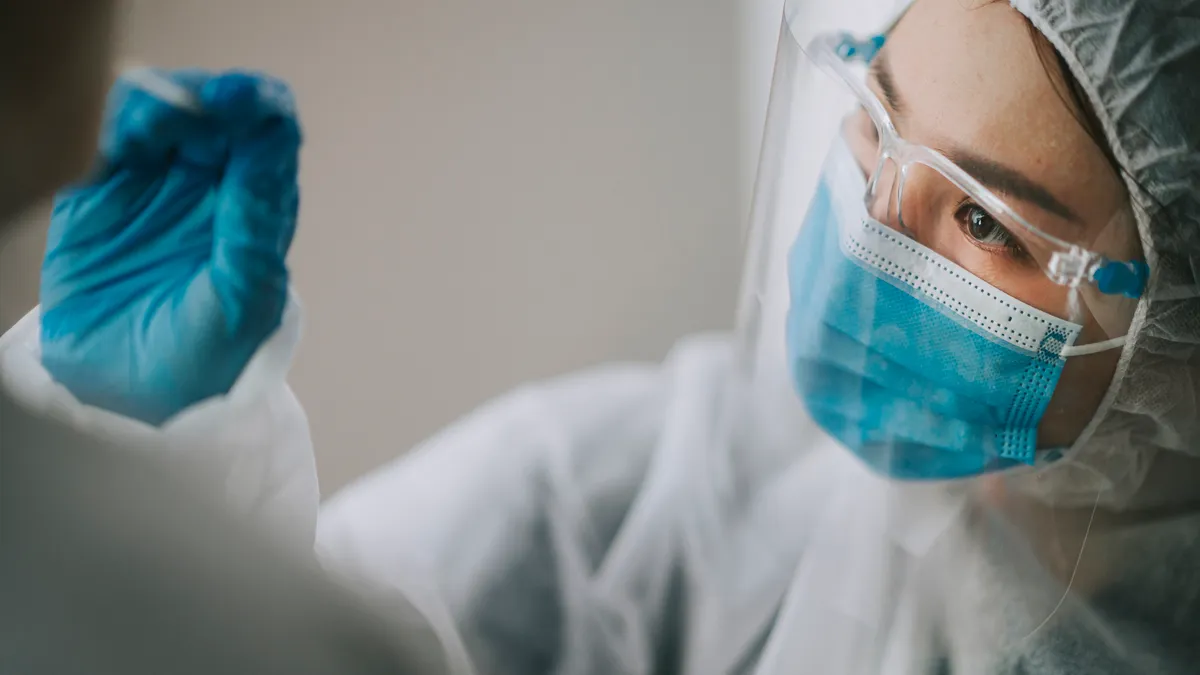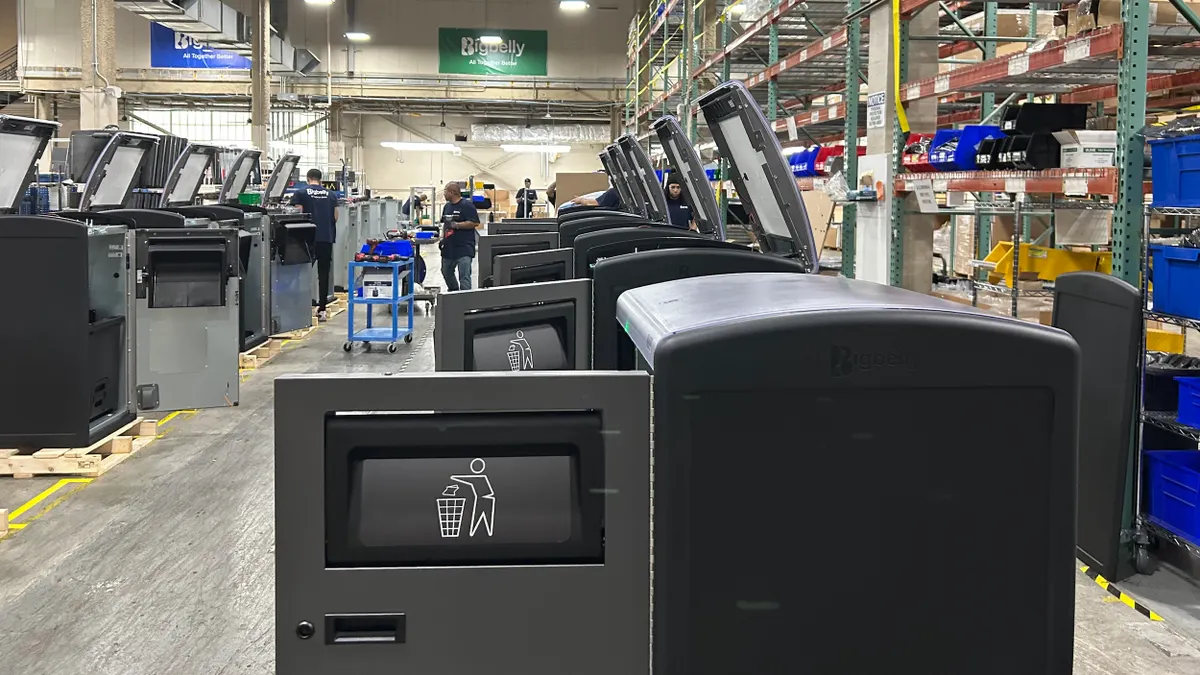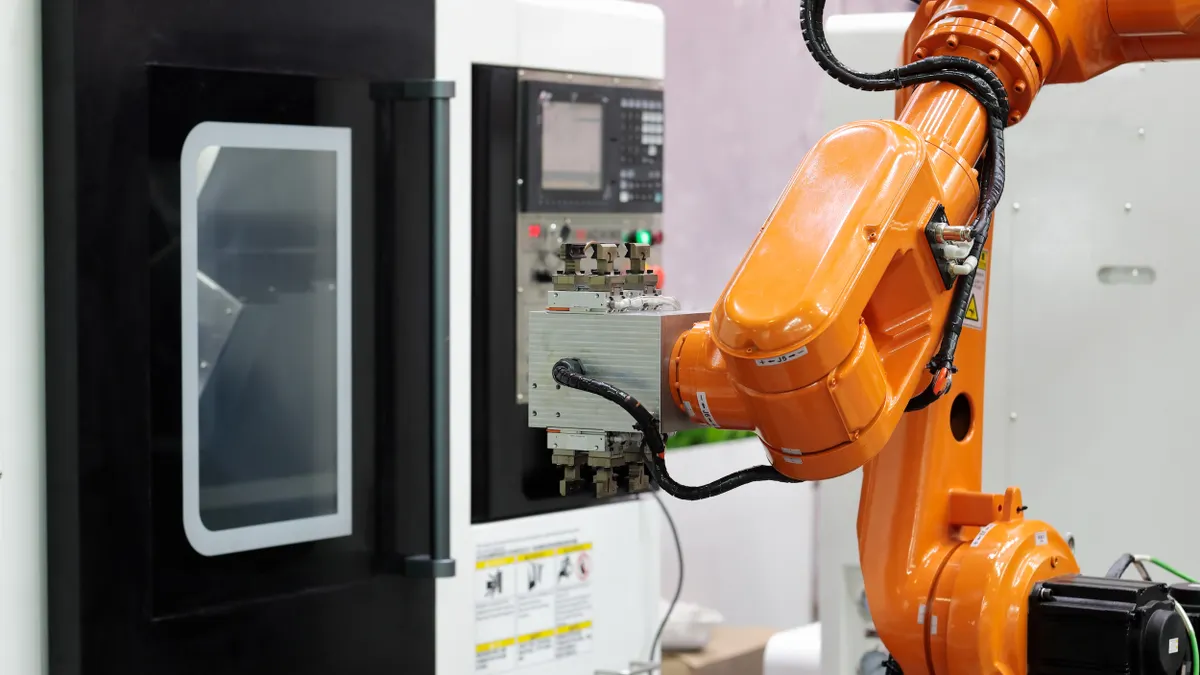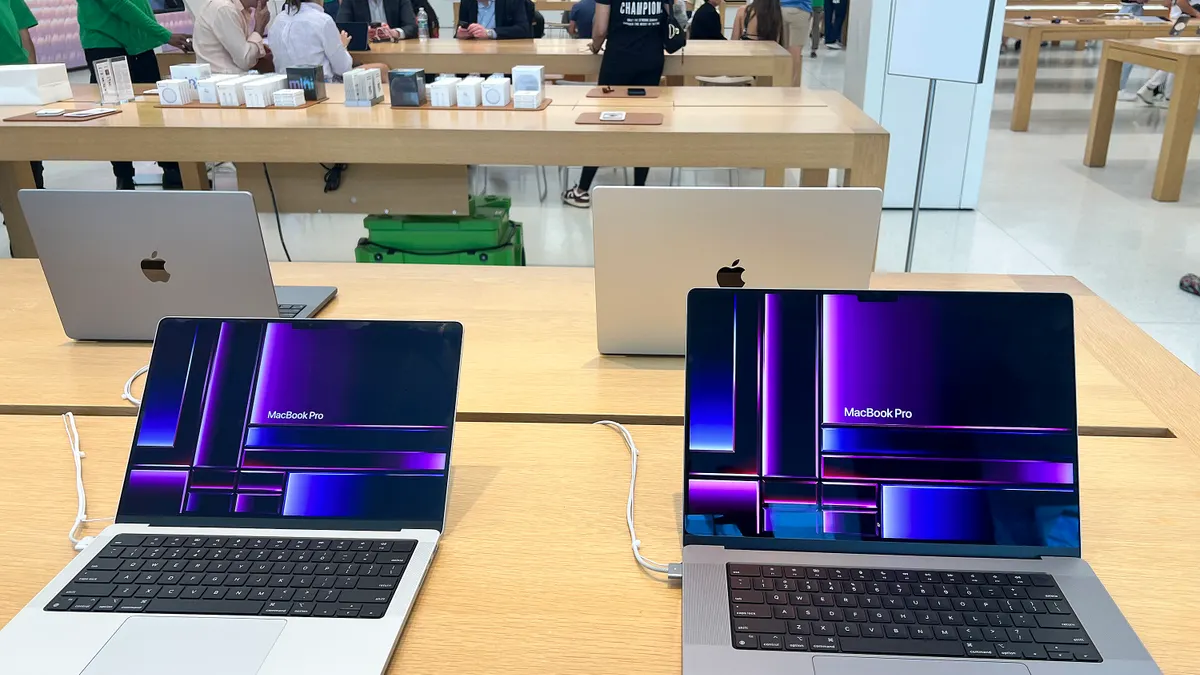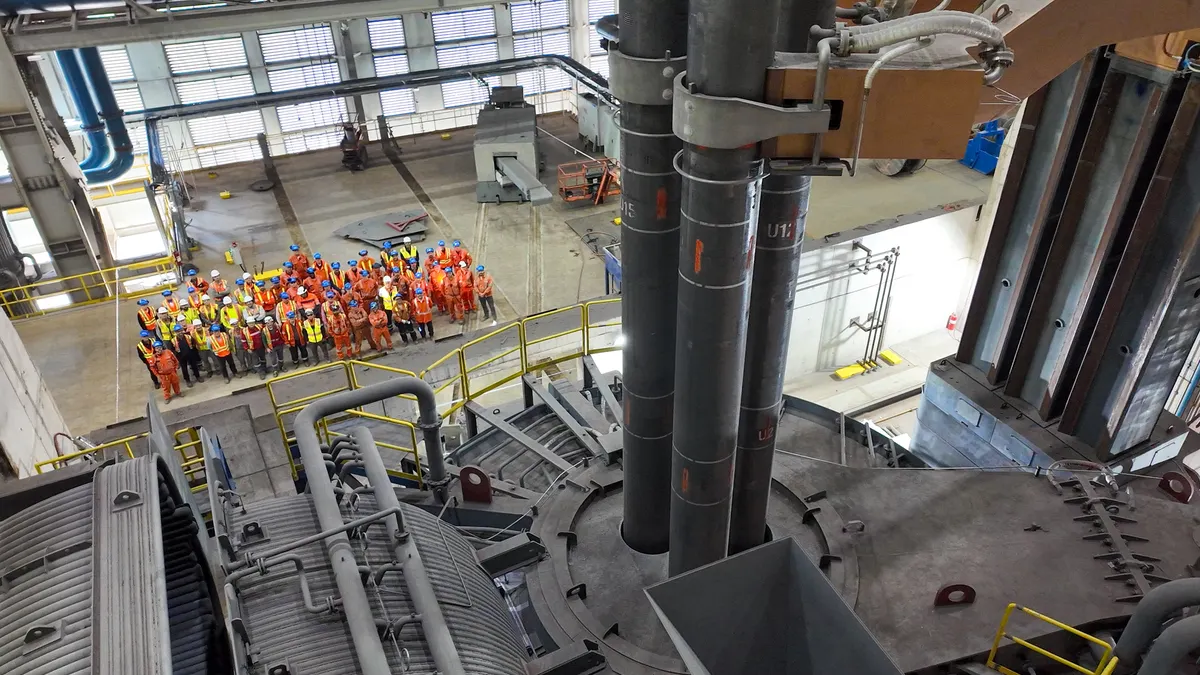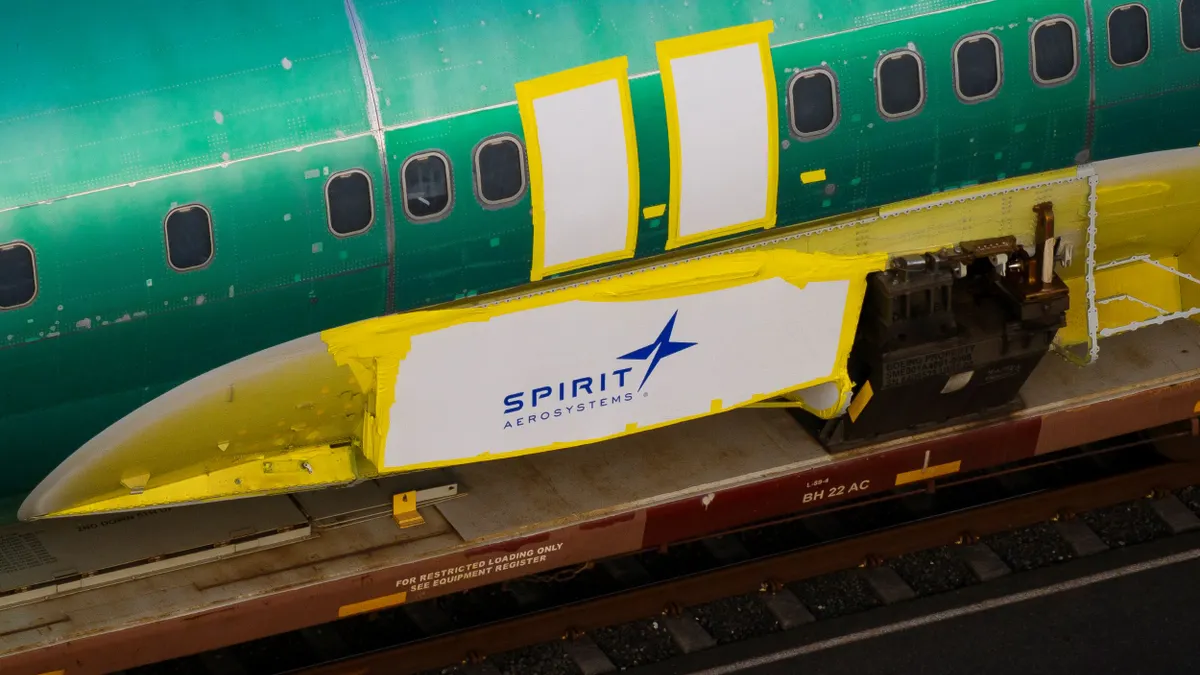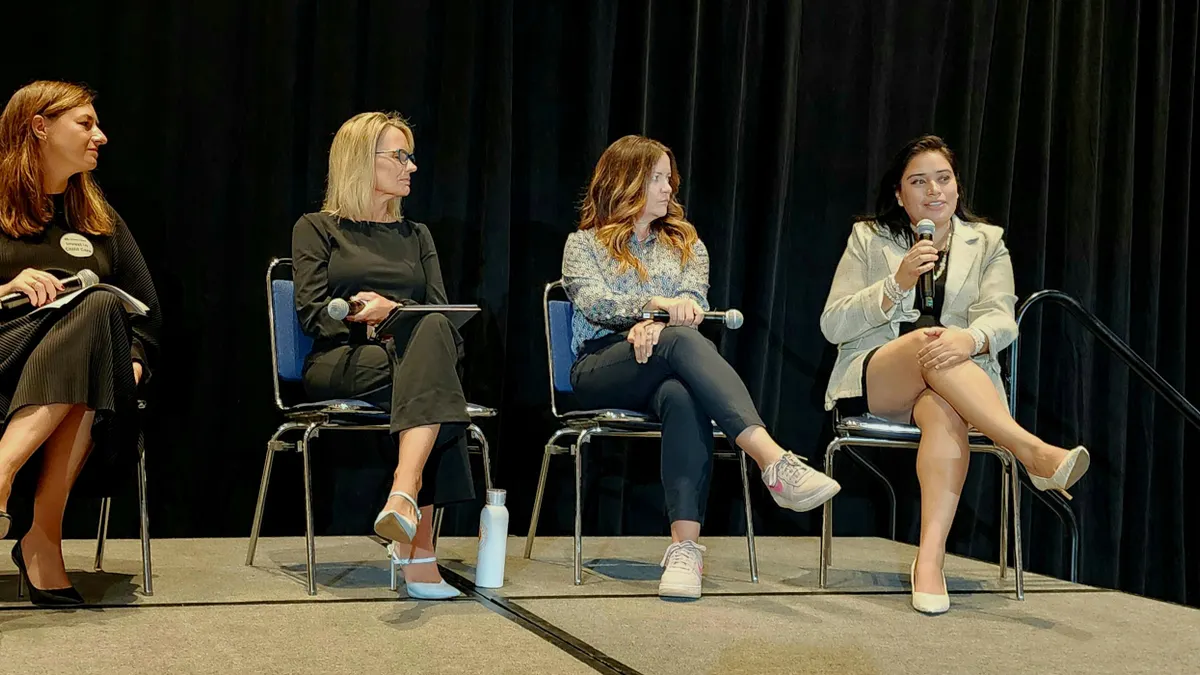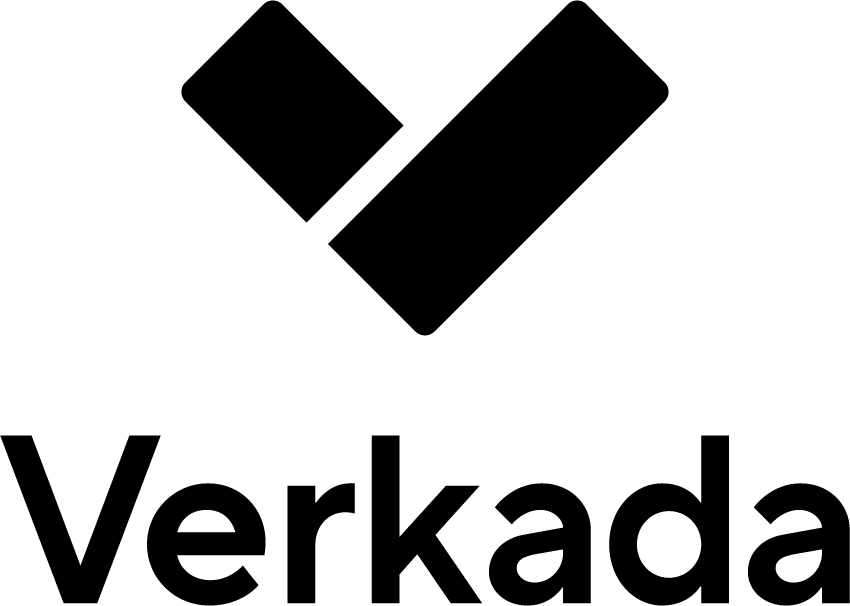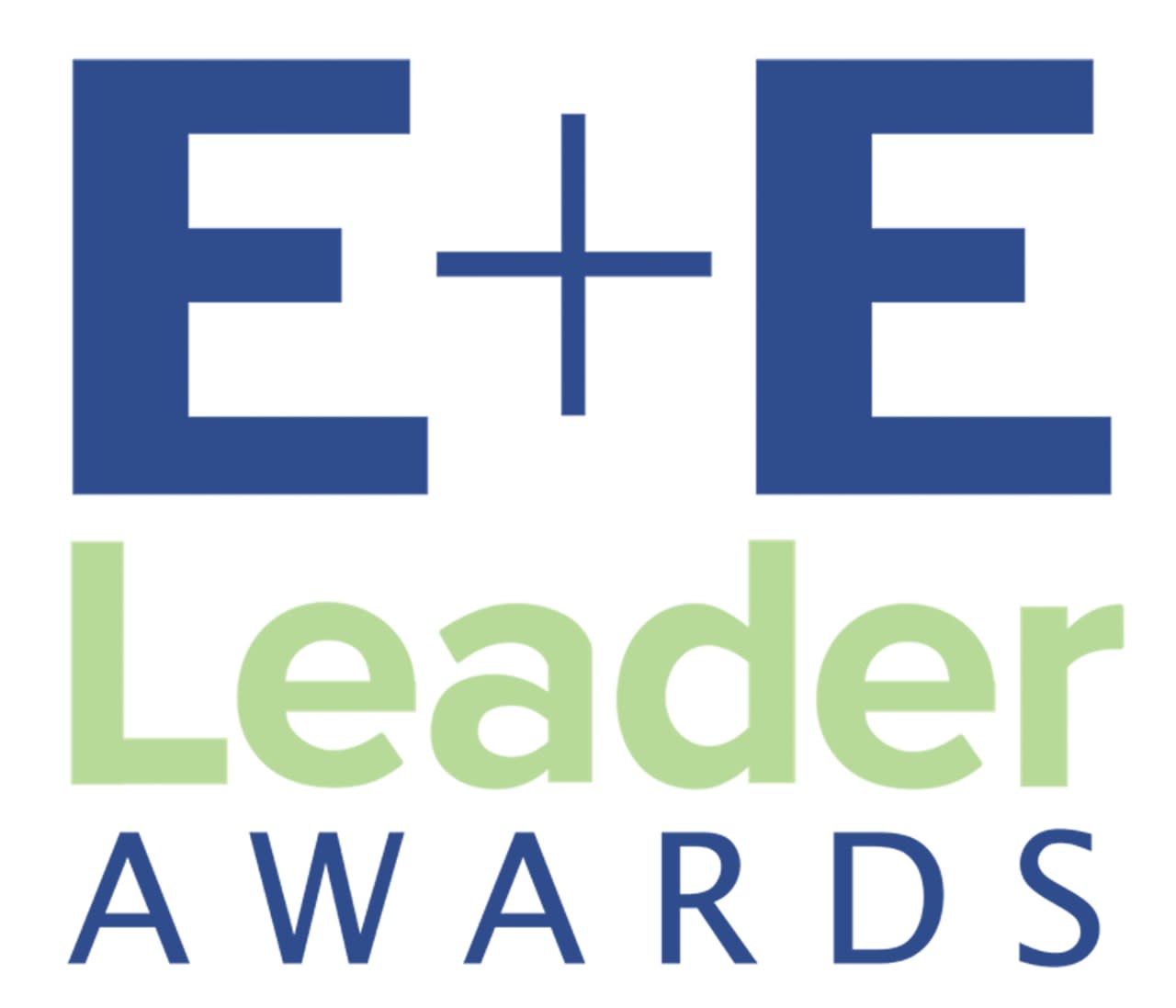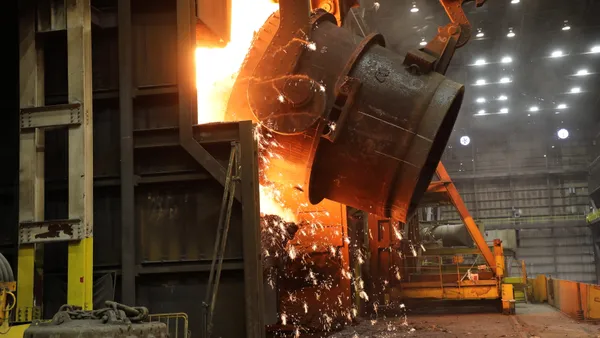Only a few years after they were producing some of the most-needed products in the country, personal protective equipment makers are now struggling with higher prices, stricter regulations and a lack of federal support.
U.S. critical medical suppliers face challenges as tariffs cause ripple effects across industries. However, there are solutions domestic manufacturers can leverage, according to experts during a panel discussion at the Medical Design & Manufacturing East trade show at the Javits Center in New York City on Tuesday.
Here are some of the key takeaways from their talk.
Leverage AI and technologies
As raw materials and production costs increase, protective equipment suppliers are looking to leverage artificial intelligence, automation and other advanced technologies to remain competitive in global markets.
Paul Booth, who is the vice president of SafeSource Direct, which makes medical-grade masks and gloves in Louisiana, said competitors in other countries, such as Asia, often have lower labor costs and fewer regulations than in the U.S., creating a significant disadvantage for domestic PPE suppliers.
“We don't expect someone to buy the products just because there's an American flag on something — everybody may have a want to — but it still comes down to a price point,” Booth said.
To close the gap, Booth and others are paying close attention to the latest technologies as a way to reduce costs and increase margins. As automakers begin to implement humanoid robots along their production lines, Booth said he is looking to do something similar with his operations.
“We have about 685 employees in two plant locations, but we’re growing and we’re trying to take some of these practices and some of this equipment to bridge that gap, little by little,” he said.
During the height of the COVID-19 pandemic, SafeSource Direct filled a market need for masks and gloves made in the U.S. as supply chain disruptions affected trade flows, which led to equipment shortages.
Booth said the company made “big money” during that period, but as conditions returned to normal in recent years, lower prices also returned. To sustain U.S. manufacturing, he said automation and innovation is critical.
“I think it’s the only way that we can go,” Booth added. “I think we actually have to take some chances and look into some things that haven't been done before and spend some R&D money and say, ‘Can we make a better way of doing this?’”
Advocate for stronger government policies
While Congress has passed laws in recent years to support domestic PPE production, experts said more can be done to ensure growth. For example, in 2021 Congress passed the Make PPE in America Act, which required federal agencies to take certain actions to ensure the sustainability of the industry, notably through long-term purchase agreements.
However, Dan Izhaky, CEO of United Safety Technology, said the law wasn’t really followed in previous years, due in part to reported loopholes and waivers. The American Medical Manufacturers Association has raised concerns regarding those issues, urging the Department of Homeland Security to address waivers that provide broad exemptions that inadvertently favor foreign producers over U.S. suppliers.
“Hopefully, now things are changing where at least the VA, for instance, the DHS ... all of these organizations that buy a lot of medical products, particularly PPE, are going to need to follow the laws that are on the books,” said Izhaky, who is also the president of the American Medical Manufacturers Association, which represents domestic PPE makers.
Additionally, more can be done to bolster public-private partnership investments, Izhaky said. The government needs to figure out how to work with industry to help with funding, because currently “the returns on it are relatively small versus the investment,” he added.
It’s not just about keeping an industry alive, but a matter of national security. As other infectious diseases like avian influenza, also known as bird flu, mutate and spread to humans, more government investment is needed to prepare for the next pandemic-level event, according to researchers at Harvard University’s school of public health and others.
“It's just a matter of when, and we need to be ready when that does occur,” Izhaky said. “Right now, I don't think we are, but we're getting there.”
Seek out partnerships with other companies
Joining forces with other companies to advocate for stronger legislation or business opportunities is also key to keeping the domestic PPE manufacturing industry alive.
Booth recommended connecting with business consortiums, which open up opportunities for direct dialogue between industry and government. SafeSource Direct is a member of the Biopharmaceutical Manufacturing Preparedness Consortium, comprised of industry partners across the drug and vaccine manufacturing supply chain. The group was formed to ensure the availability of U.S. medical supplies in case of a health emergency.
“We need to have those dialogues to advance the production of medical devices in the United States,” Booth said. “If we don’t talk about it, and we have an agenda and the U.S. government has an agenda, it never works.”
Building partnerships with other businesses is also important. Larger companies can often absorb more costs than smaller companies, which have little margin for error and must operate with caution, Izhaky said.
To weather the challenges, Booth recommends that smaller businesses team up to help each other.
“Try to find partnerships that you can join together and maybe expand your portfolio,” Booth said. “You make a product for us. We make a product for you. We both expand our portfolio. We both make a little bit of money.”
The Medical Design & Manufacturing East expo is run by Informa, which owns a controlling stake in Informa TechTarget, the publisher behind Manufacturing Dive. Informa has no influence over Manufacturing Dive's coverage.



